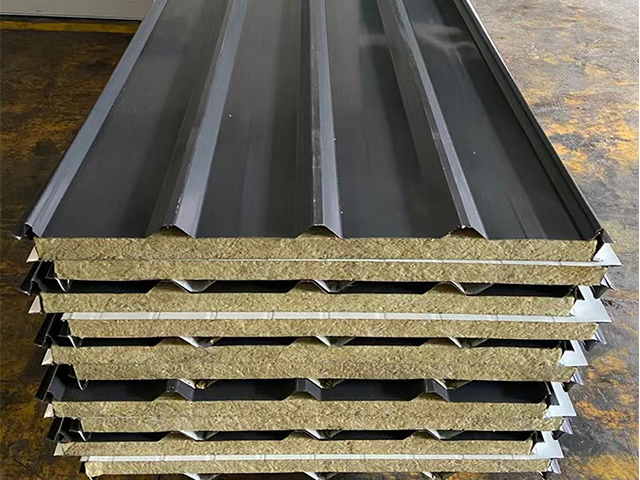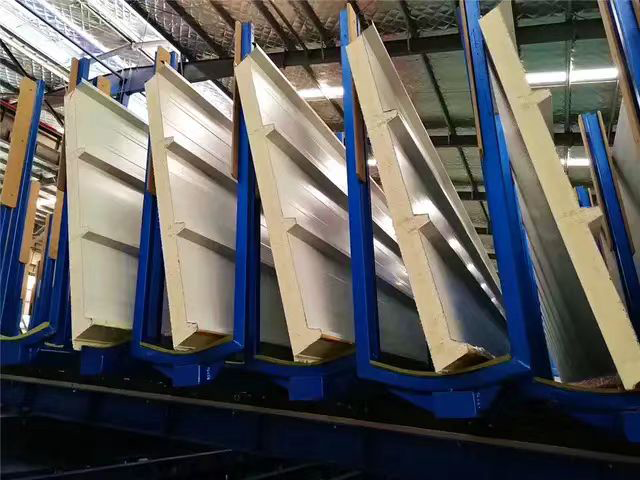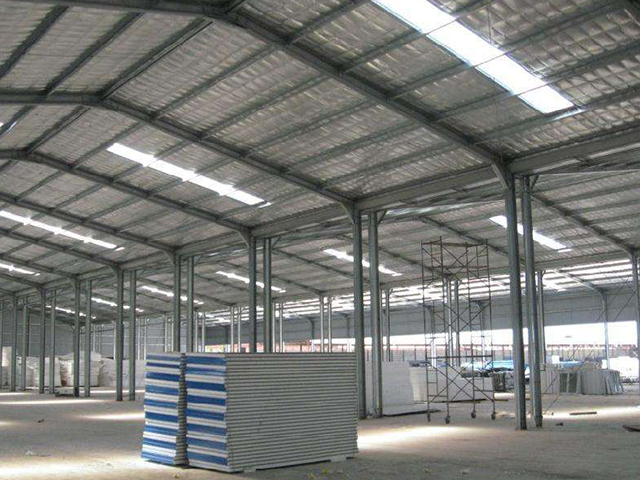Are you considering EPS (Expanded Polystyrene) and PU (Polystyrene Polyurethane) sandwich panels? Rest assured, both sandwich panels will offer you dedicated facilities to support you. This article will provide you with relevant information in order to make the selection process easy, focusing on the differences, advantages and applications related to both sandwich panels.
EPS Sandwich Panels
EPS panels have a core of expanded polystyrene foam, which is then laminated with metals and other materials, making the EPS sandwich panels distinctly separate. EPS panels have a lightweight which improves the ease of installation. They are suitable for both residential and commercial buildings since EPS panels provide good thermal insulation. PU panels provide much better fire resistance, which is probably going to be a deciding factor in choosing which sandwich panel to go for.
What is PU Sandwich Panels
The distinct characteristic of PU sandwich panels is the foamed polyurethane which serves as thermal insulation. PU panels are the preferred choice to save on energy costs when it comes to cutting down on heating and cooling expenses. Because of the well-known fire safety features of PU sandwich panels, they are commercially beneficial as well. PU sandwich panels withstand fire better than any other EPS panels. PU sandwich panels are heavier than EPS panels which makes installation difficult. Overall, cost is one of the major issues along with balance of the cost and tangible benefits.
A Look at EPS and PU
When comparing EPS and PU sandwich panels, fire safety, thermal insulation, and weight can be used as parameters. EPS panels have a lower cost and easier installation, but the amount of insulation, fire safety, and other protective characteristics PU sandwich panels have, EPS panels lack tremendously. PU panels are the most expensive of the three but they have great insulation, a great insulated core, and great fire safety which serves as their main drawback.
Evaluating Project Value and Budget Constraints
Initially, there should be an assessment on the project’s value and overall requirements, but it’s the budget and long-term goals that are likely to determine the decision making process.
EPS and PU Sandwich Panels Applications In Construction
EPS and PU sandwich panels have differing applications in construction. EPS panels are commonly used in residential buildings and cold storage facilities due to their lower cost and superior value. PU panels are more common for use in commercial buildings as well as cold storage facilities due to their superior insulation capabilities, increased fire safety, lower risk of catching fire, and higher compliance with building codes. Knowing the project scope aids in specifying the panels.
EPS and PU Sandwich Panels Industry Innovations and New Business and Investment Opportunities
Each industry, even construction, has some peculiar innovations. There is a growing emphasis on green construction with the lightweight, thermal efficiency, and eco-friendly nature of EPS and PU sandwich panels. These innovations are solutions to the construction and building industry. In addition, EPS and PU sandwich panels are tailored to fire safety and insulation requirements of the industry.






